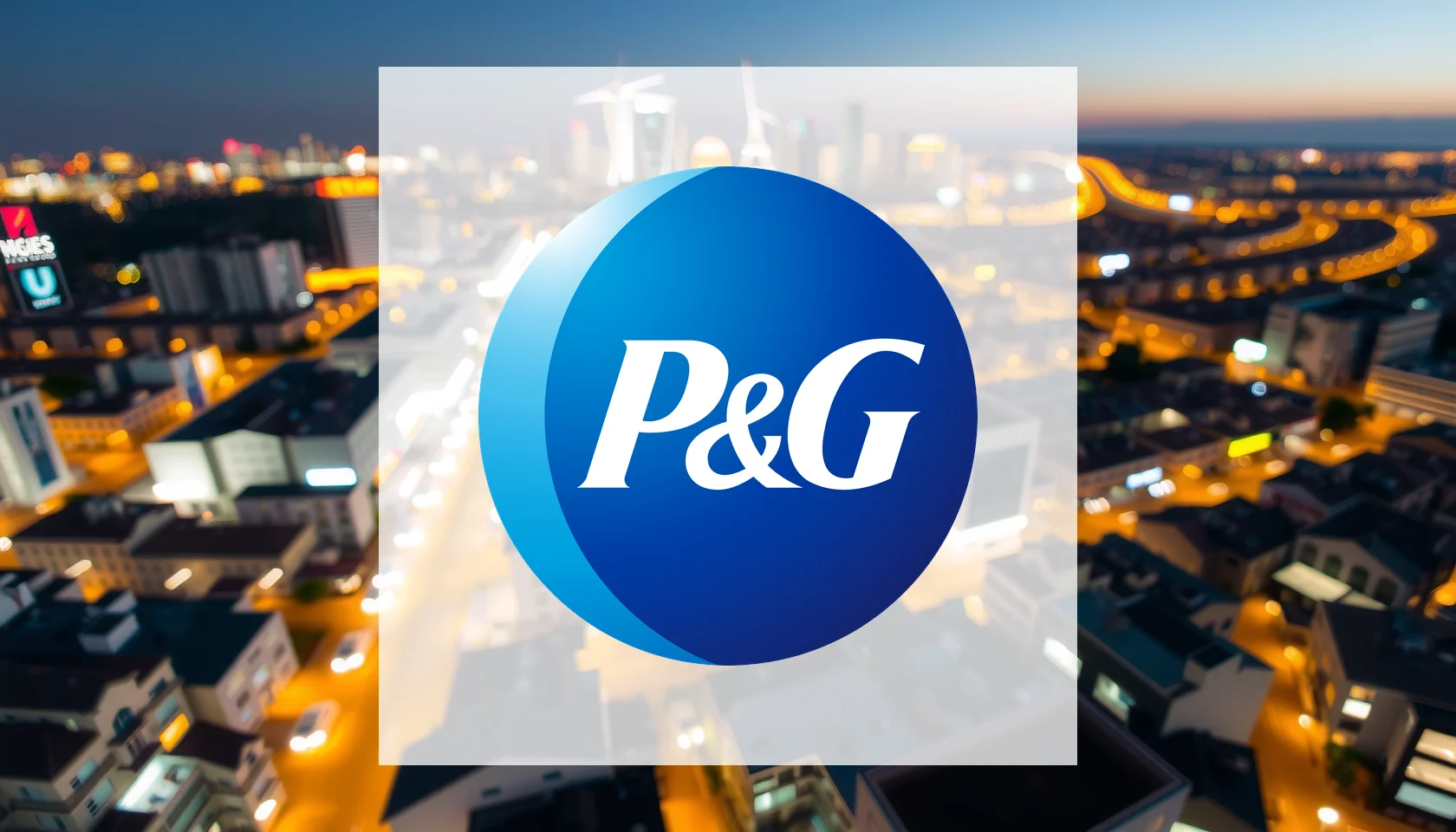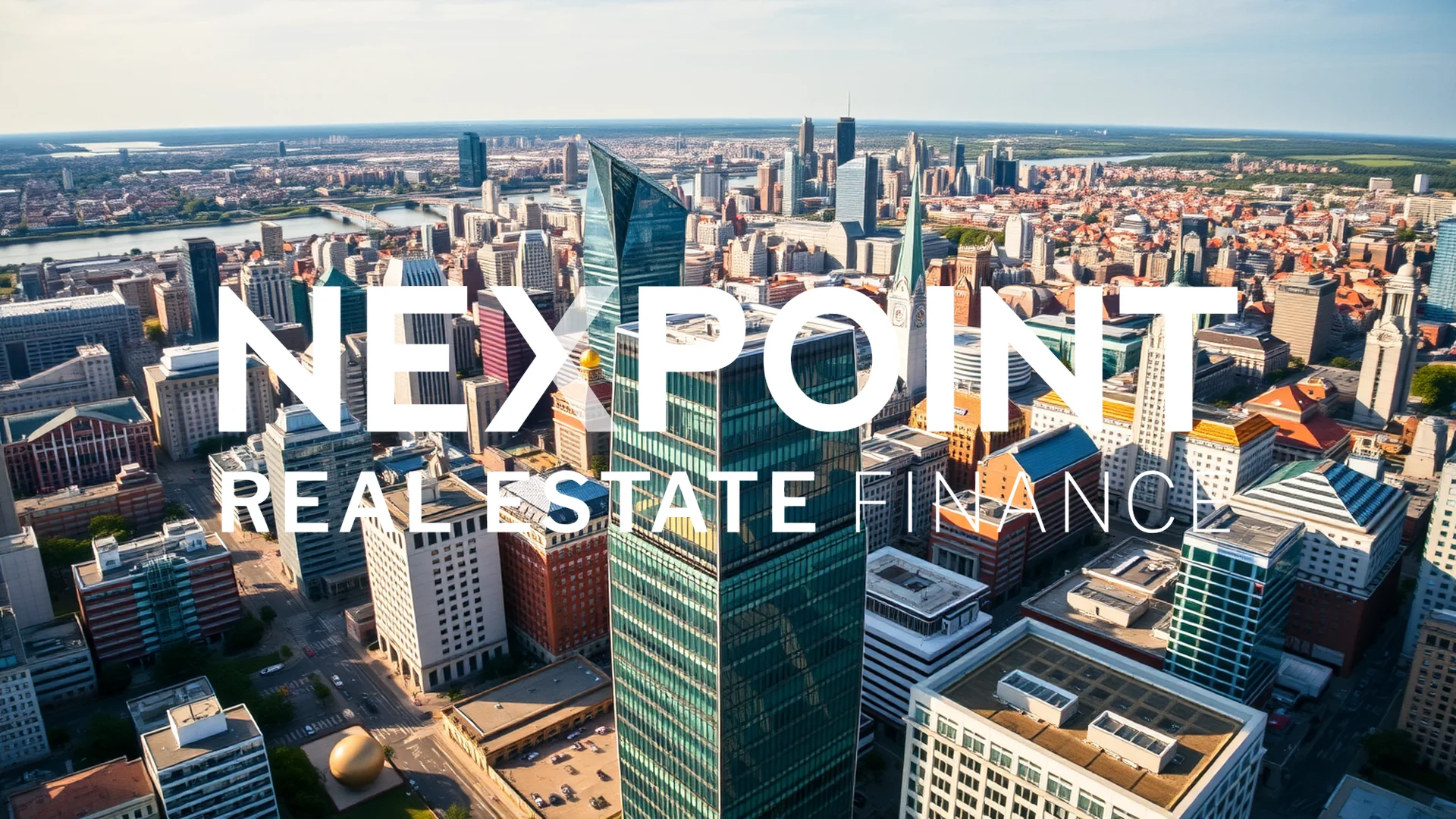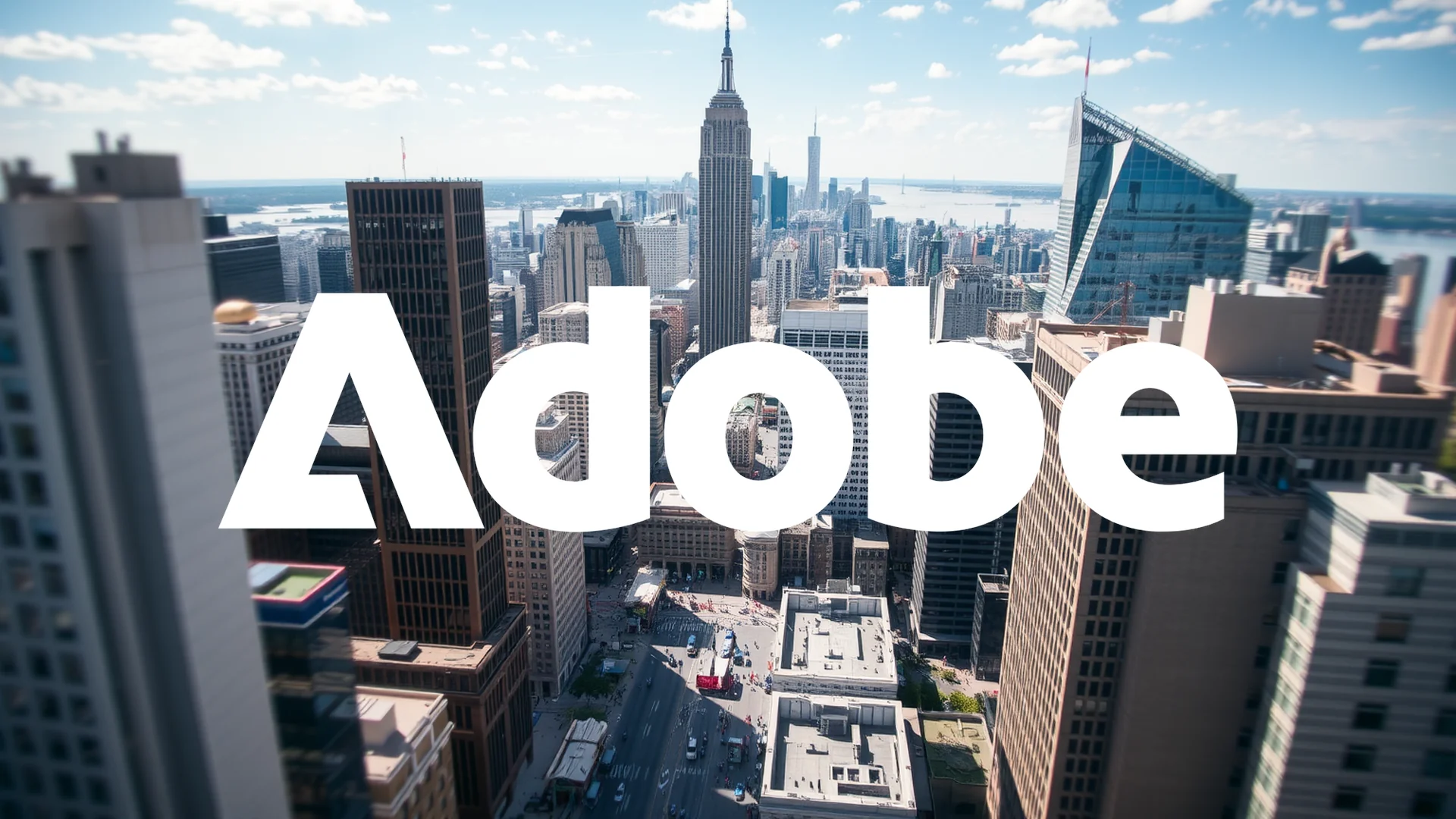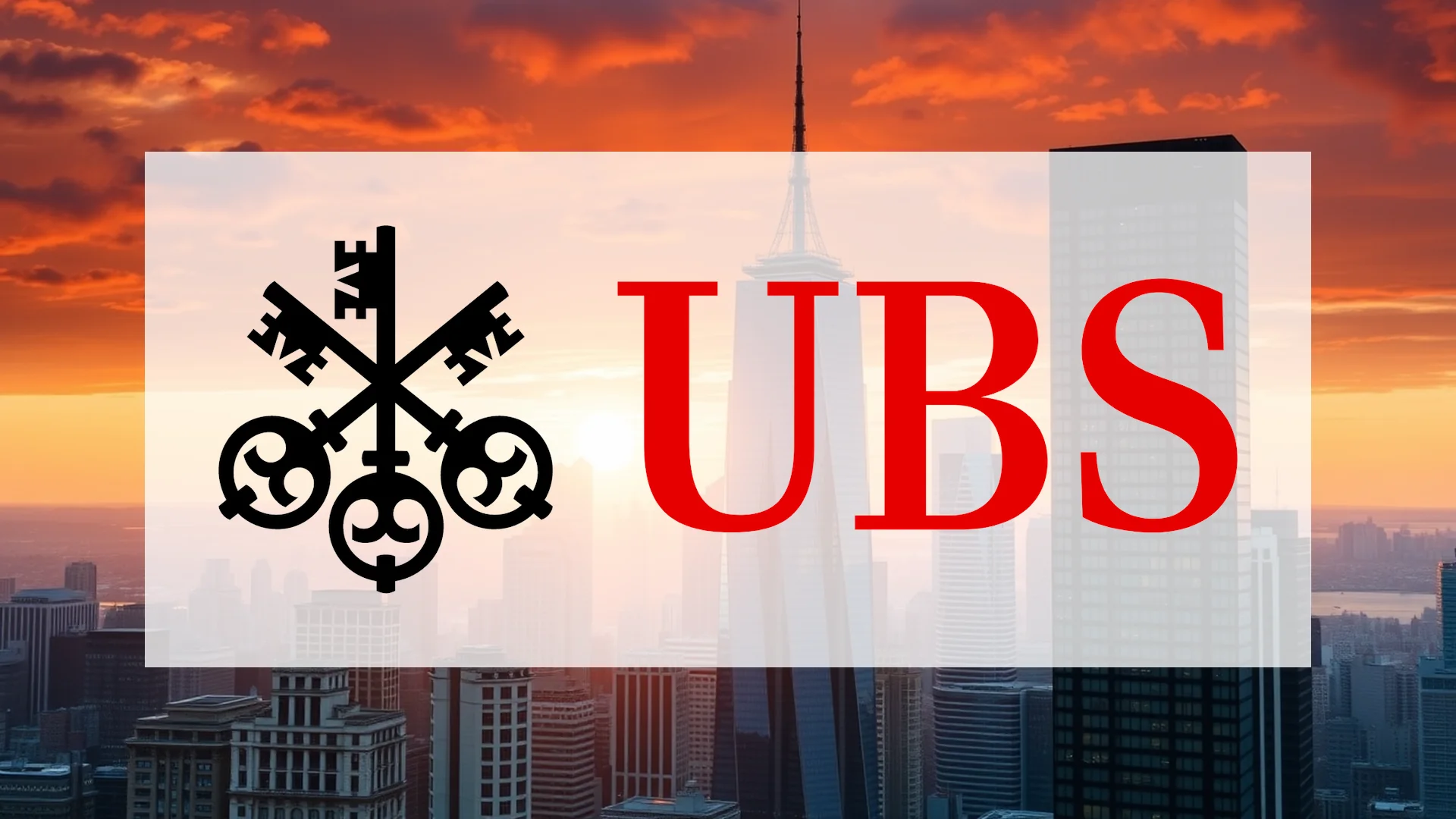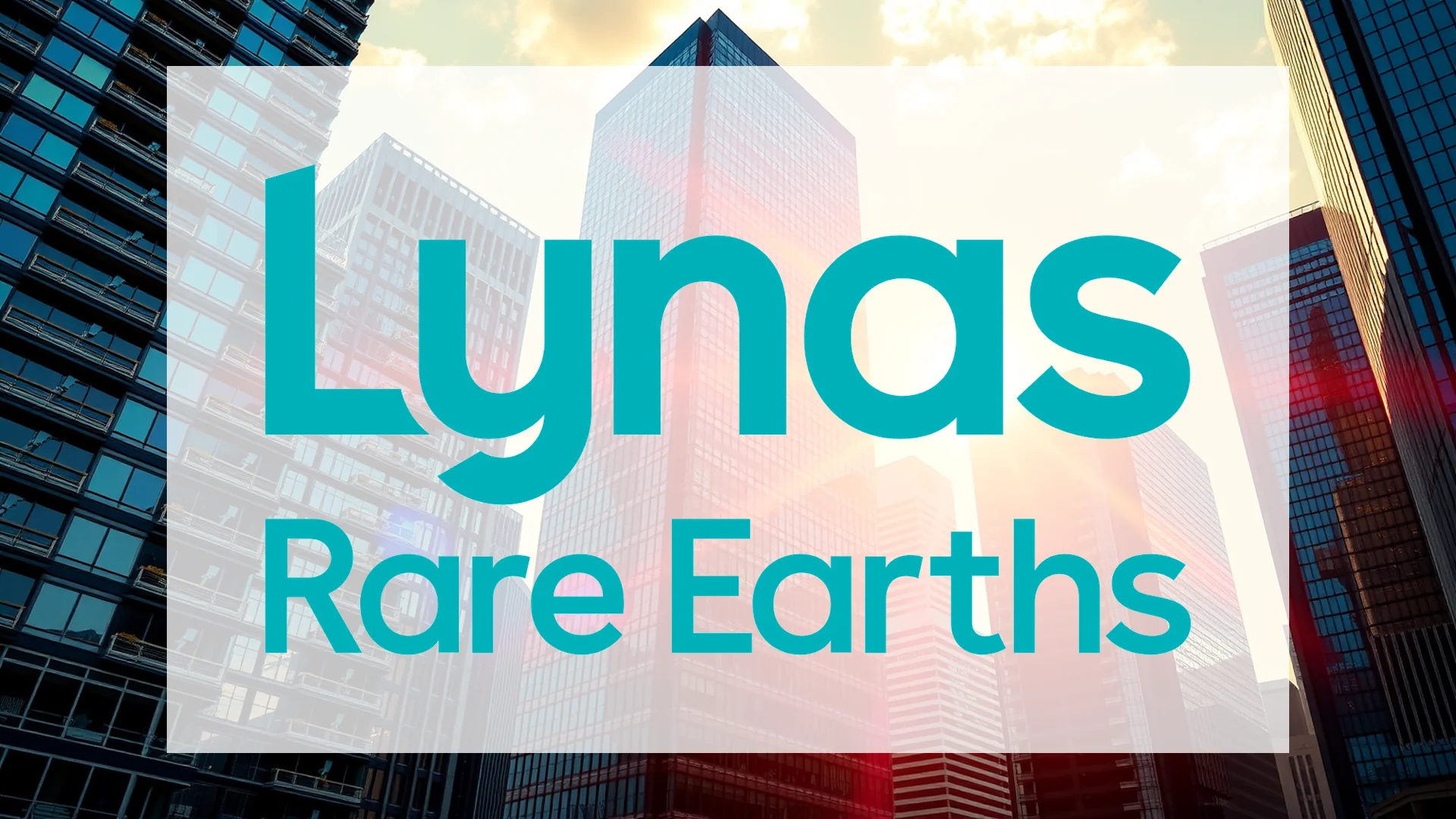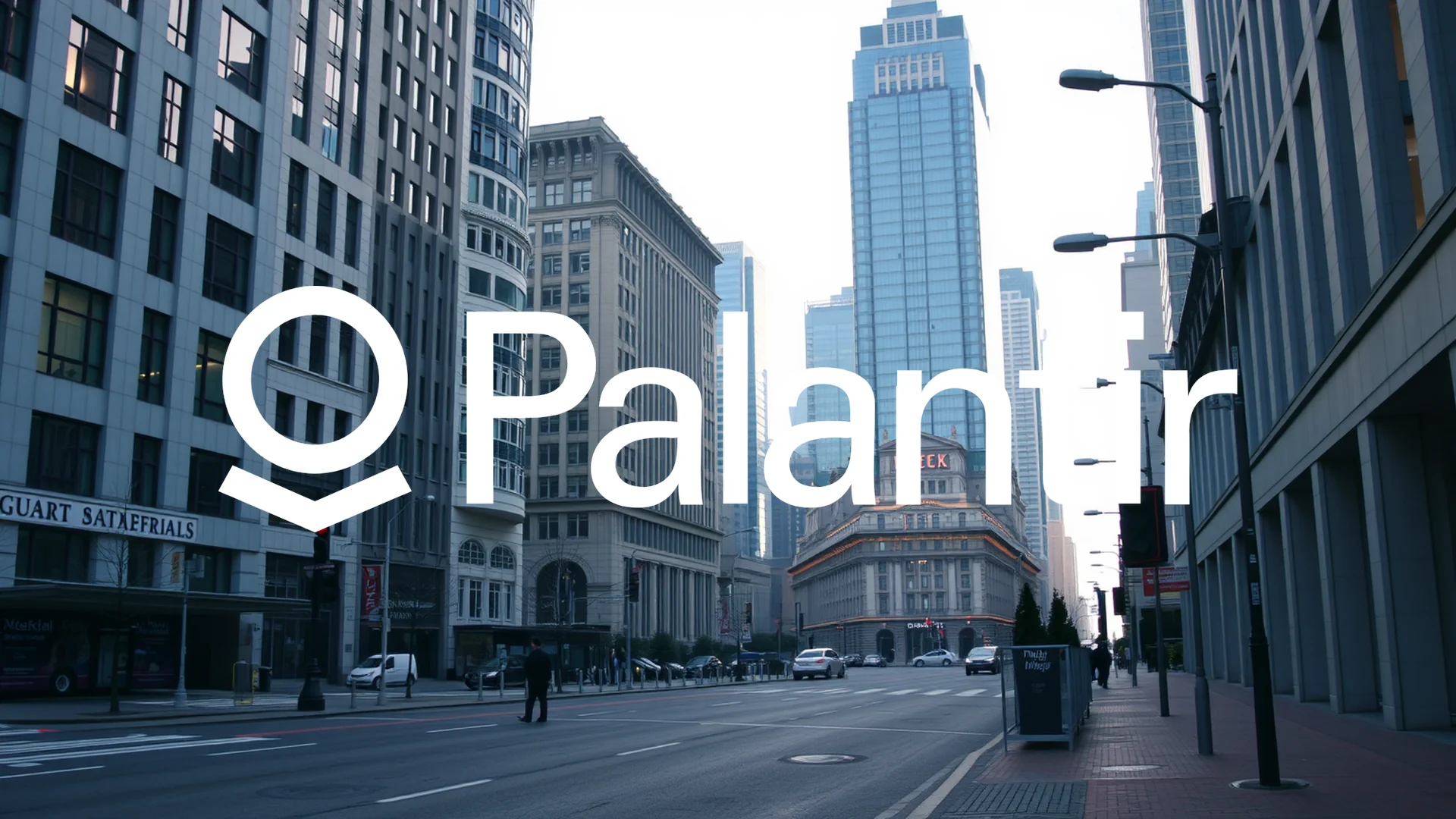A significant transaction by a senior executive is drawing attention to Procter & Gamble. The manager is preparing to divest company shares valued at approximately $1.87 million, which were only recently received as a performance-based award. This move coincides with a period where the consumer goods titan is navigating a complex landscape of high valuation and emerging growth challenges, raising questions about its near-term trajectory.
Divergent Investor Sentiment and Financial Metrics
The market is currently characterized by a clear divide in investor behavior. While retail investors continue to demonstrate confidence, institutional players are showing signs of pulling back, creating a tug-of-war that fuels market volatility. This professional skepticism is rooted in key financial indicators that have recently softened.
Notably, the company’s operating cash flow has contracted, showing a year-over-year decline of 8.77%. Furthermore, its immediate liquidity position, as measured by a Quick Ratio of 0.55, appears strained. These fundamental weaknesses are causing some market experts to adopt a more cautious stance, despite the presence of some positive short-term technical signals. The stock is effectively caught between these conflicting forces, a situation compounded by mixed analyst ratings that offer no definitive guidance.
Premium Valuation Meets Dampened Expectations
A central concern for analysts is the stock’s current premium. Procter & Gamble trades at a price-to-earnings (P/E) ratio of 22.47, which sits notably above the industry average of 19.88. This elevated valuation is under particular scrutiny because it comes at a time when the company itself is moderating its growth outlook.
Should investors sell immediately? Or is it worth buying Procter & Gamble?
Management’s forecast for the 2026 fiscal year now anticipates organic growth in a range of just 2% to 4%. This revised guidance is a response to weakening consumer demand and an increasingly competitive environment, especially within key emerging markets. The company’s strategy of implementing price hikes has proven insufficient to fully offset declining sales volumes, leading to questions about the long-term viability of this approach.
Executive Transaction Sparks Debate
Against this backdrop, the timing of the insider sale is being closely watched. The planned disposal of such a large block of shares, so immediately after their acquisition, is often interpreted by the market as a potential signal of an executive’s confidence—or lack thereof—in the company’s future prospects.
Such immediate sales by high-level insiders are always parsed for meaning. The critical question investors are now asking is whether this transaction is a routine personal financial decision or a more telling indicator of internal apprehension during a uncertain period for the global consumer staples giant.
Ad
Procter & Gamble Stock: Buy or Sell?! New Procter & Gamble Analysis from November 22 delivers the answer:
The latest Procter & Gamble figures speak for themselves: Urgent action needed for Procter & Gamble investors. Is it worth buying or should you sell? Find out what to do now in the current free analysis from November 22.
Procter & Gamble: Buy or sell? Read more here...

